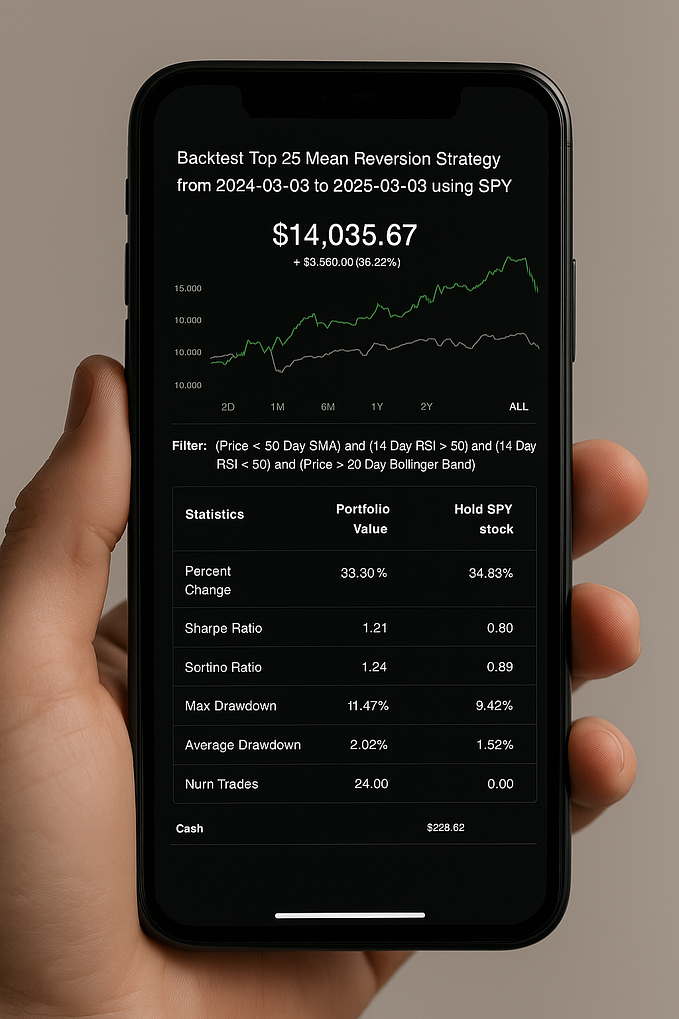You're reading for free via Tunji Onigbanjo's Friend Link. Become a member to access the best of Medium.
Member-only story
4 Quick Points to Simplify the NASDAQ-100 Index
An index you should understand

The NASDAQ-100 Index, also known as the NDX, is a modified market cap weighted index of 103 securities issued by 100 of the largest non-financial companies listed on the NASDAQ. The NDX began on January 31st, 1985. NASDAQ created the index to promote itself in the shadow of the New York Stock Exchange. Today, the NDX is one of the most known indices globally. Over 40% of the NDX is technology companies, so it is sometimes used as a measure to see how technology companies are performing overall.
The following 4 points will further simplify the NDX:
1. Modified Market Cap Weighted Index
2. Requirements to Be Considered
3. Composition of the Index
4. Trading the Index
1. Modified Market Cap Weighted Index
As stated earlier, the NDX is a modified market cap weighted index. A market cap weighted index is an index where the index’s securities are weighed according to the total market value of their outstanding shares. In the case of the NDX, it is modified in the sense that the securities with higher total market values of their outstanding shares will have higher weightings in the index.
2. Requirements to Be Considered
The following are the key requirements to be included considered for the NDX:
· Being listed exclusively on the NASDAQ in either the Global Select or Global Market tiers
· Being publicly-traded for at least 3 months
· Having an average daily volume of 200,000 shares or more
· Being current regarding quarterly and annual reports
· Not being in any bankruptcy proceedings
3. Composition of the Index
As stated earlier, over 40% of the NDX is made of technology companies. Other than technology, the index’s key sectors include consumer discretionary, communication services, and healthcare. The top 10 holdings of the NDX make up over 55% of the weight of the index. The top 10 holdings include Apple, Microsoft, Amazon, Tesla, Facebook, Alphabet’s Class A and Class C, NVIDIA, PayPal, and Comcast.
4. Trading the Index
The primary ways that the NDX is traded is through the Invest QQQ Trust and E-Mini NASDAQ-100 Futures. The Invesco QQQ Trust is an ETF that tracks the performance of the NDX. It is one of the most liquid ETFs globally, allowing investors to gain exposure to securities in the NDX. The E-Mini NASDAQ-100 Futures are index futures that allow exposure to the NDX for hedging and speculation.
The NDX is a rather simple index. Is it a perfect index? No, it is not. No index is perfect. They all have their purposes in helping gauge specific aspects of the stock market. The NDX helps in understanding the direction that technology companies are trending and how the largest non-financial companies on the NASDAQ are performing. Indices assist in simplifying trends in the stock market, and that is what the NDX does, which explains why it is a trusted index.
Check out The Tunji Letter to stay connected.
Gain Access to Expert View — Subscribe to DDI Intel








